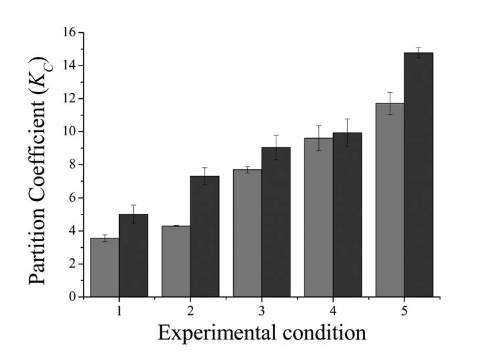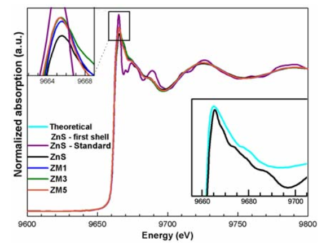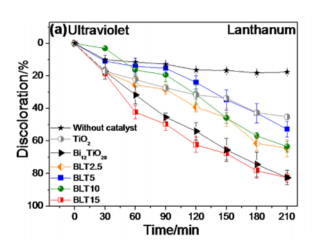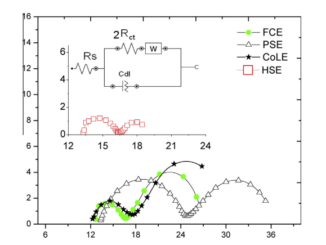
Extraction of natural red colorants from the fermented broth of Penicillium purpurogenum using aqueous two-phase polymer systems
Abstract: Safety concerns related to the increasing and widespread application of synthetic coloring agents have increased the demand for natural colorants. Fungi have been employed in the production of novel and safer colorants. In order to obtain the colorants from fermented broth, suitable extraction systems must be developed. Aqueous two-phase polymer systems (ATPPS) offer a favorable chemical environment and provide a promising alternative for extracting and solubilizing these molecules. The aim of this study was to investigate the partitioning of red colorants from the fermented broth of Penicillium purpurogenum using an ATPPS composed of poly(ethylene glycol) (PEG) and sodium polyacrylate (NaPA). Red colorants partitioned preferentially to the top (PEG-rich phase). In systems composed of PEG 6,000 g/mol/NaPA 8,000 g/mol, optimum colorant partition coefficient (K-C) was obtained in the presence of NaCl 0.1 M (K-C=10.30) while the PEG 10,000 g/mol/NaPA 8,000 g/mol system in the presence of Na2SO4 0.5 M showed the highest K-C (14.78). For both polymers, the mass balance (%MB) and yield in the PEG phase (%(TOP)) were close to 100 and 79%, respectively. The protein selectivity in all conditions evaluated ranged from 2.0-3.0, which shows a suitable separation of the red colorants and proteins present in the fermented broth. The results suggest that the partitioning of the red colorants is dependent on both the PEG molecular size and salt type. Furthermore, the results obtained support the potential application of ATPPS as the first step of a purification process to recover colorants from fermented broth of microorganisms. (c) 2015 American Institute of Chemical Engineers Biotechnol. Prog., 31:1295-1304, 2015
Author(s): Santos-Ebinuma, VC; Lopes, AM; Pessoa, A; Teixeira, MFS
BIOTECHNOLOGY PROGRESS
Volume: 31 Pages: 1295-1304 Published: SEP-OCT 2015
DOI: 10.1002/btpr.2127




